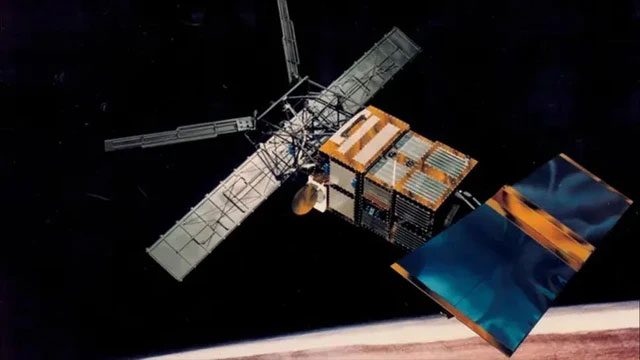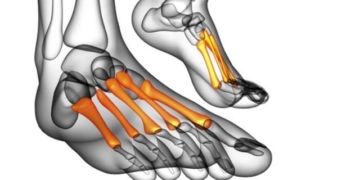After 30 years in orbit, the ERS-2 satellite plunged into Earth’s atmosphere early on February 22.
The ERS-2 satellite had been descending uncontrollably towards Earth for over 12 years. At 12:17 AM on January 22 (Vietnam time), it entered the atmosphere in the Pacific region, roughly between Hawaii and the state of Alaska in the United States.
The ERS-2 was engulfed in flames due to friction with the atmosphere as it descended.
No damage has been reported by any countries so far, and it remains unclear whether any debris remains, according to Live Science.

ERS-2 Satellite – (Photo: ESA).
The ERS-2 is a climate research satellite from the European Space Agency (ESA), weighing nearly 2.3 tons. It was launched in 1995 and ceased operations in 2011.
The journey of ERS-2’s descent towards Earth began with a controlled deorbiting operation in 2011, after it had used up its remaining fuel to lower its altitude from 785 km to 573 km, ensuring that it would not affect operational satellites during its descent.
This “landing” process was uncontrolled in terms of trajectory and speed. Initially, it fell slowly, but since January of this year, the descent speed has increased to 10 km per day.
At the time of its launch, ERS-2 was ESA’s most advanced Earth observation satellite, equipped with the most sophisticated sensors available.
Its mission was to unlock new insights into the chemical properties of the atmosphere, the dynamics of oceans, and the impact of human activities on the environment.
According to ESA, this satellite is larger than most pieces of space debris that fall back to Earth, which are typically less than 1 meter wide, but still poses a minimal risk to people and property on the ground.
The space agency explains that the low risk is due to the fact that much of the planet’s surface is covered by water or uninhabited areas, making the probability of any remaining debris hitting someone very small.
Furthermore, satellites and other space equipment often burn up intensely when entering Earth’s dense atmosphere, mostly disintegrating completely before reaching the planet’s surface.
According to a previous calculation by ESA, the risk of being hit by space debris is about 10 million times lower than being struck by lightning.


















































